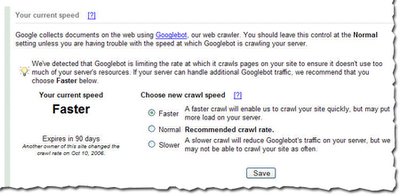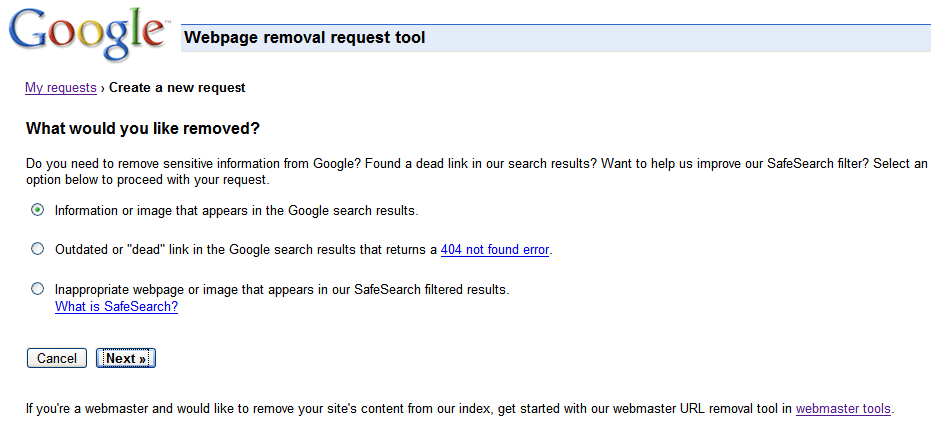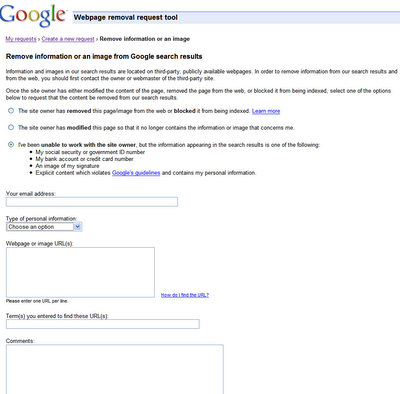Navicat for MySQL, DBeaver, and Sequel Pro are probably your best bets out of the 15 options considered. 'Excellent choice of import/export options' is the primary reason people pick Navicat for MySQL over the competition. This page is powered by a knowledgeable community that helps you make an informed decision. There is no GUI to MySQL, but you can perform all the database operations from a set of command line tools. Still, if you're more comfortable with an interface, you can rely on a multitude of. There is no GUI to MySQL, but you can perform all the database operations from a set of command line tools. Still, if you're more comfortable with an interface, you can rely on a multitude of. Import and Export Databases in MySQL using Command Line. By Adarsh Sojitra on August 1st, 2019. MySQL is open-source relational database management system. It is one of the most popular RDBMS that ranks #2 on the list of most popular databases in the world.

MySQL is a relational database management system. MySQL is the widely used database server in the world. This tutorial helps you to install MySQL database server on macOS Sierra 10.12 and High Sierra 10.13 and other supported versions using Homebrew.
Step 1 – Prerequisites

Before starting the installation of MySQL using this tutorial you must have the following prerequisites
- Terminal: You must have Mac Terminal access and little knowledge about working with the terminal application.
- Homebrew: Homebrew is a popular package management tools used for installing most open source software like Node. Here is the Homebrew installation tutorial
Step 2 – Install MySQL on macOS
At this time of writing this tutorial, Homebrew has MySQL 5.7.21 version in its main repository. Start a terminal and run command to install MySQL:
Wait for the installation process finish. Now you just need to configure things so that your MySQL server is auto-started
Also, you have to set a strong password for the MySQL root account. Use the following command to set a new password. Make sure to use a strong password.
Step 3 – MySQL Configuration


MySQL server has been installed on your system. The binary files are installed under /usr/local/bin directory and all the MySQL related files are created under “/usr/local/var/mysql” directory. The main confiugration file is created at:
You can use above file to customize your MySQL server. Now, Connect to MySQL server using the command:
Mysql 5.7 Command Line Client Download
Step 4 – Manage MySQL Service
Mysql Command Line Client Download Windows 10
There are mysql.server command available under /usr/local/bin directory, which is used to manage MySQL service. You can use mysql.server command with options status, stop, start, or restart MySQL service on your system.
Download Mysql Command Line Client
All done. You have running MySQL server on your system. What next? Visit our MySQL tutorial section to create and manage databases from the command line.